Religion: The Growth of Religious Nones: Sociological Implications and Community Responses
Religion: The Growth of Religious Nones: Sociological Implications and Community Responses
The growth of the religiously unaffiliated, also known as the “Nones,” has been a major trend in the United States over the past few decades. According to a 2019 Pew Research Center study, about 26% of Americans now identify as religiously unaffiliated, a significant increase from just 17% in 2009. This trend has sparked discussions about the implications for society and community responses to this shift.
The rise of Nones has raised questions about the future of religion in America. While many scholars have pointed towards the decline of organized religion as the main cause for this trend, it is important to also consider the sociological implications of this shift. With a growing number of individuals choosing to leave religious institutions, what does this mean for the future of community and social cohesion?
One major implication of the growth of Nones is the potential loss of community. Religious institutions have traditionally served as a gathering place for individuals to connect with one another and share beliefs and values. With the decline of these institutions, there is a fear that social bonds may weaken and community cohesion may suffer. This is a concern for both individual well-being and society as a whole.
Another issue to consider is the impact on social and political involvement. Religious involvement has been associated with higher levels of civic engagement and community service. Therefore, the decline in religious affiliation may also lead to a decline in these types of activities, potentially having a negative impact on society.
However, some argue that the growth of Nones may not necessarily lead to negative consequences. In fact, some scholars suggest that this trend may actually be a positive sign for society, as it indicates a shift towards a more secular and diverse society. This can lead to increased tolerance and acceptance of different viewpoints, promoting a more inclusive and pluralistic society.
So how are communities responding to the growth of Nones? One response has been the rise of secular and humanist organizations, providing spaces for non-religious individuals to gather and connect with like-minded individuals. These organizations offer a sense of community and belonging, catering to the needs and values of the growing number of Nones.
Another response is the adaptation of religious institutions to accommodate Nones. Some churches have adopted more progressive and inclusive approaches, in an effort to appeal to a broader range of individuals. This can include offering non-traditional services, focusing on social justice issues, and promoting diversity within their congregations.
In conclusion, the growth of Nones has sparked important discussions about the future of religion in America and the implications for society. While some may view this trend with concern, it is important to also consider the potential positive effects on society, such as greater acceptance and diversity. As communities adapt to this change, it remains to be seen how the role of religion will continue to evolve in our society.
The growth of the religiously unaffiliated, also known as the “Nones,” has been a major trend in the United States over the past few decades.
One major implication of the growth of Nones is the potential loss of community.
Another issue to consider is the impact on social and political involvement.
Some scholars suggest that this trend may actually be a positive sign for society, as it indicates a shift towards a more secular and diverse society.
One response has been the rise of secular and humanist organizations, providing spaces for non-religious individuals to gather and connect with like-minded individuals.
Another response is the adaptation of religious institutions to accommodate Nones.
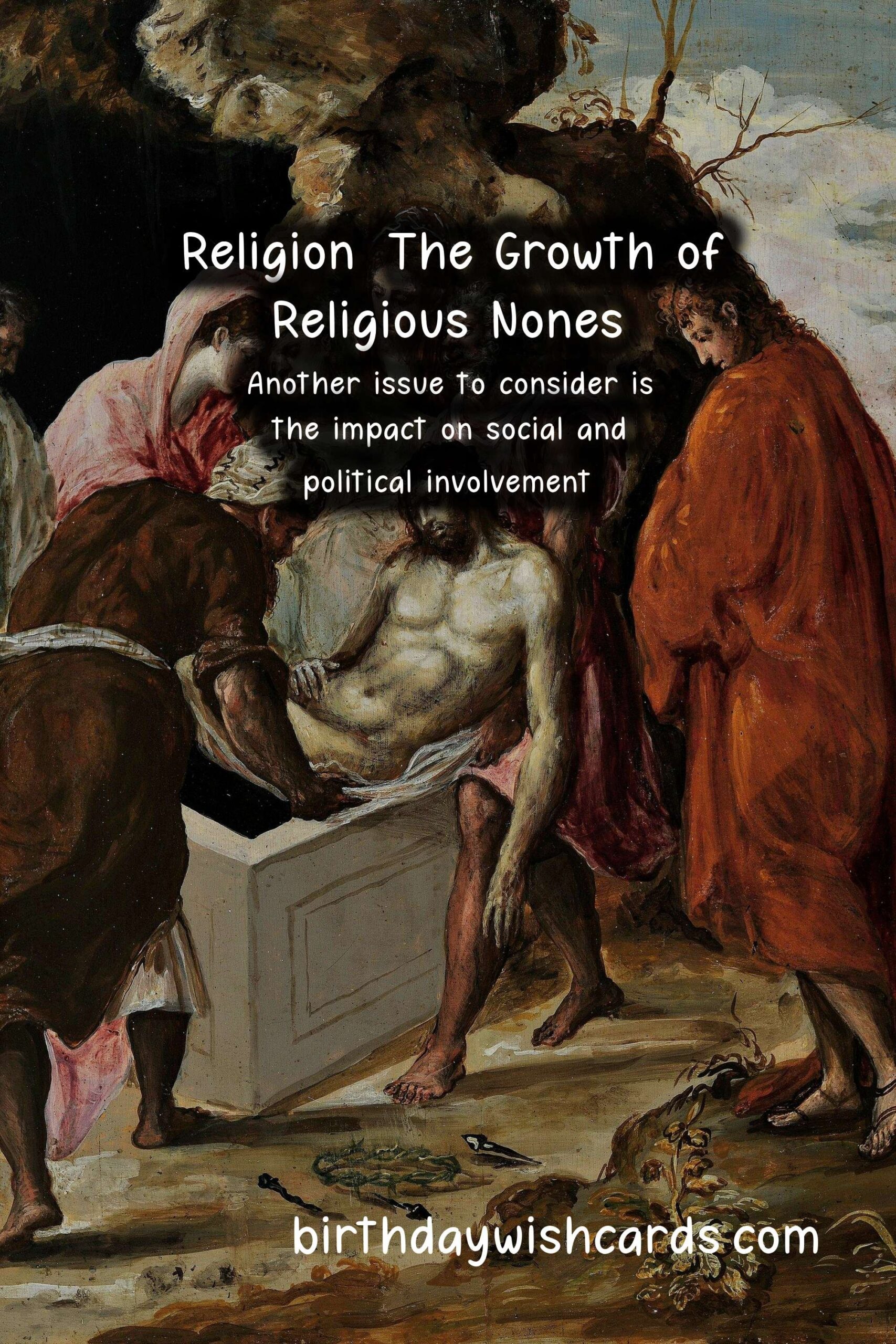
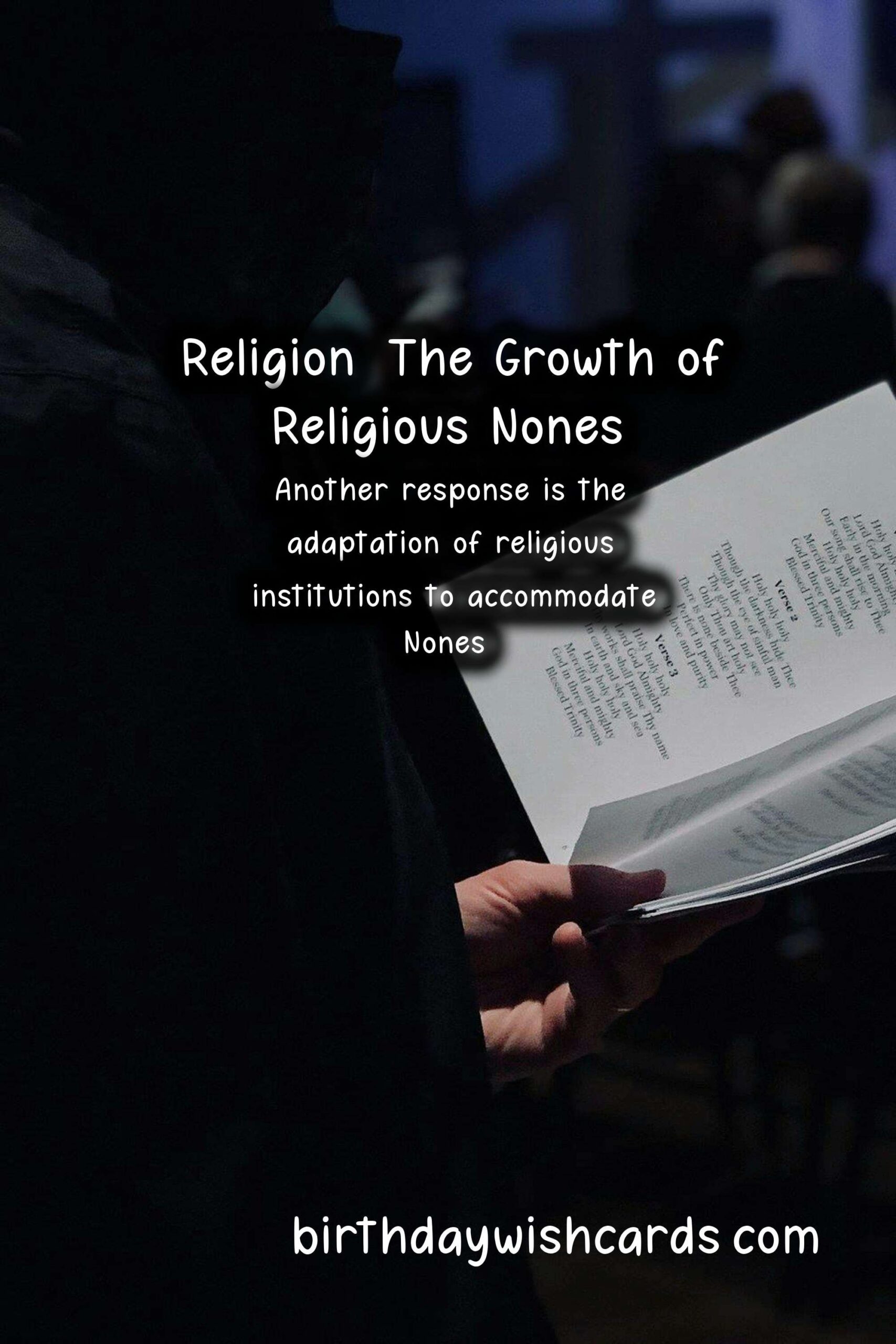
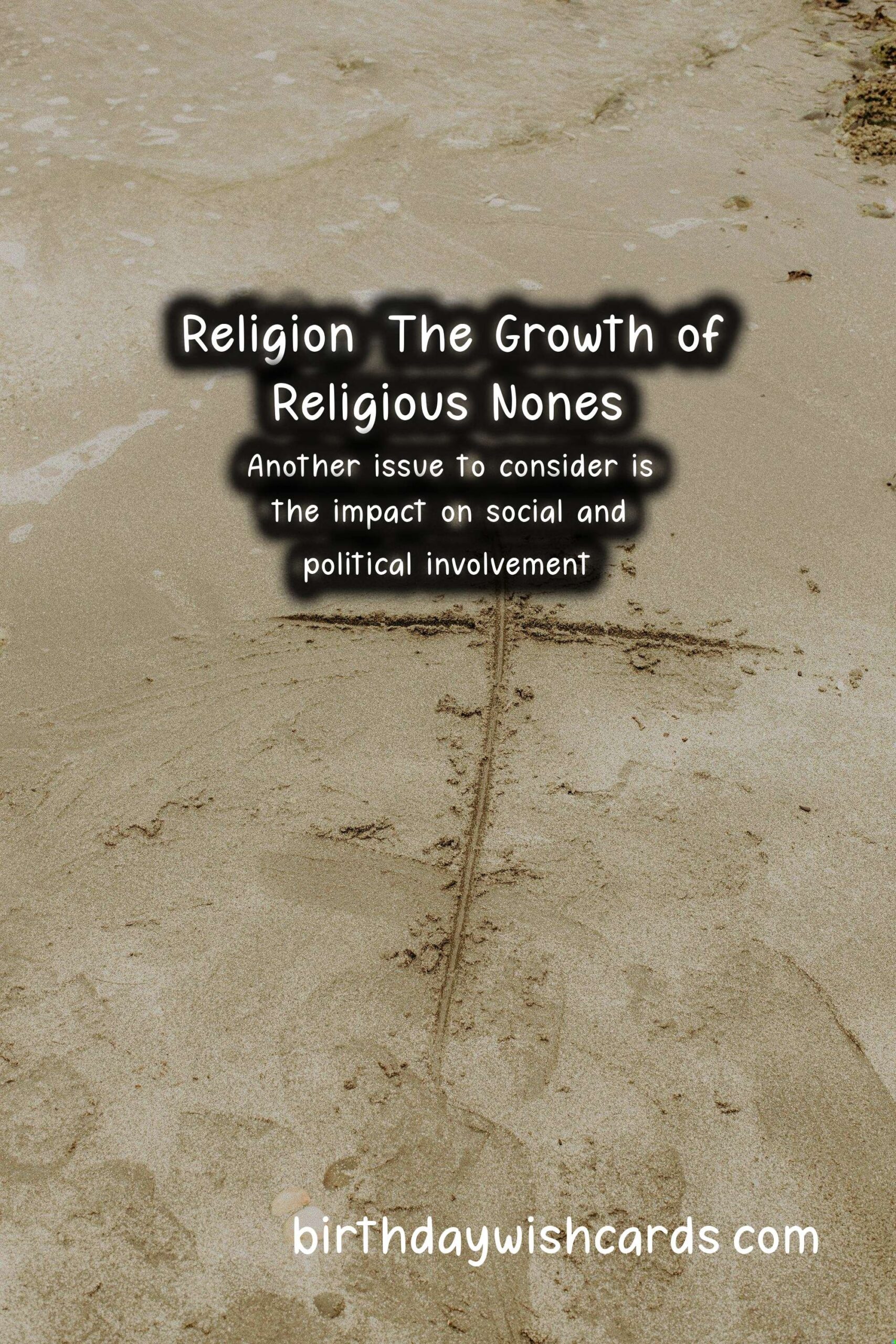
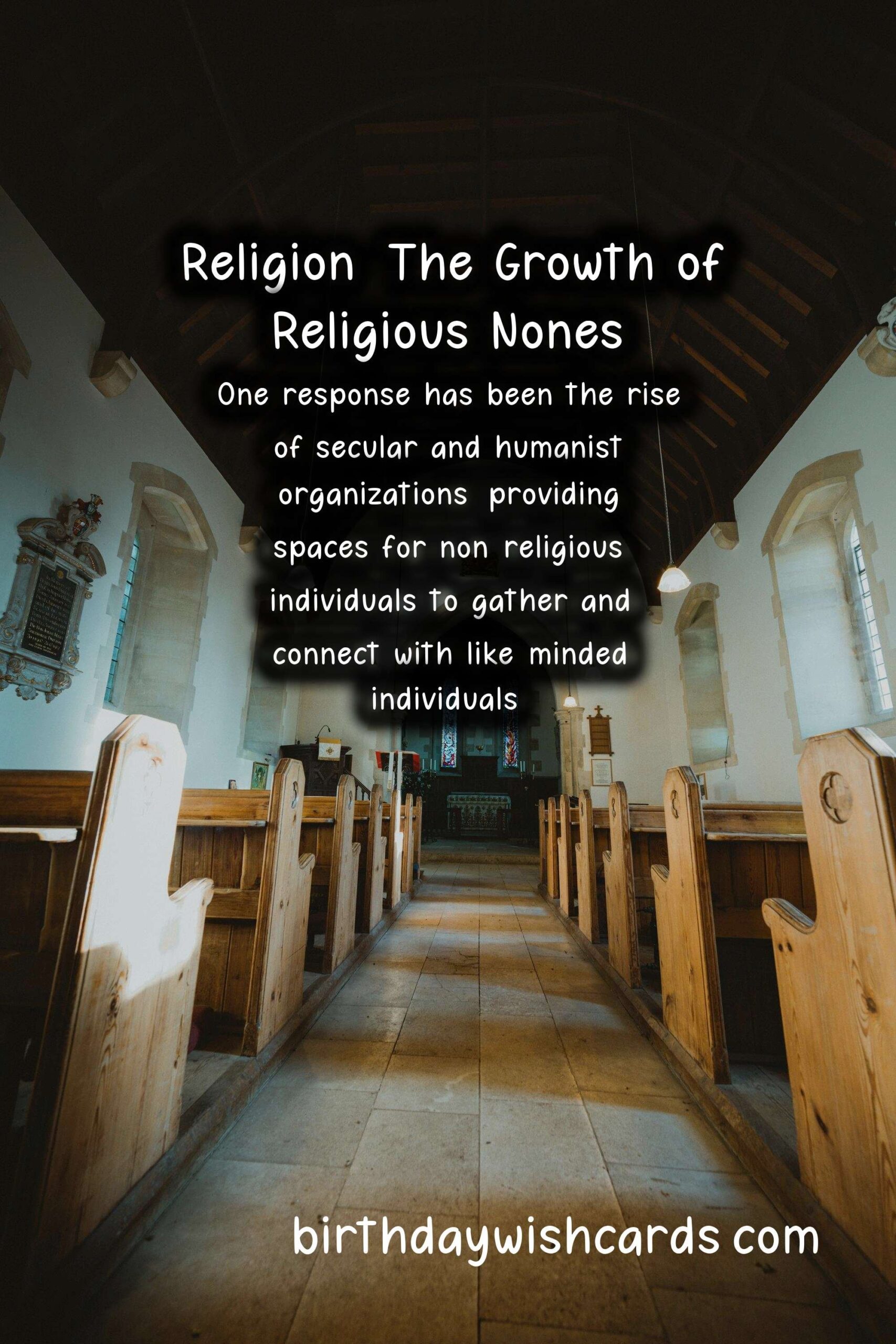



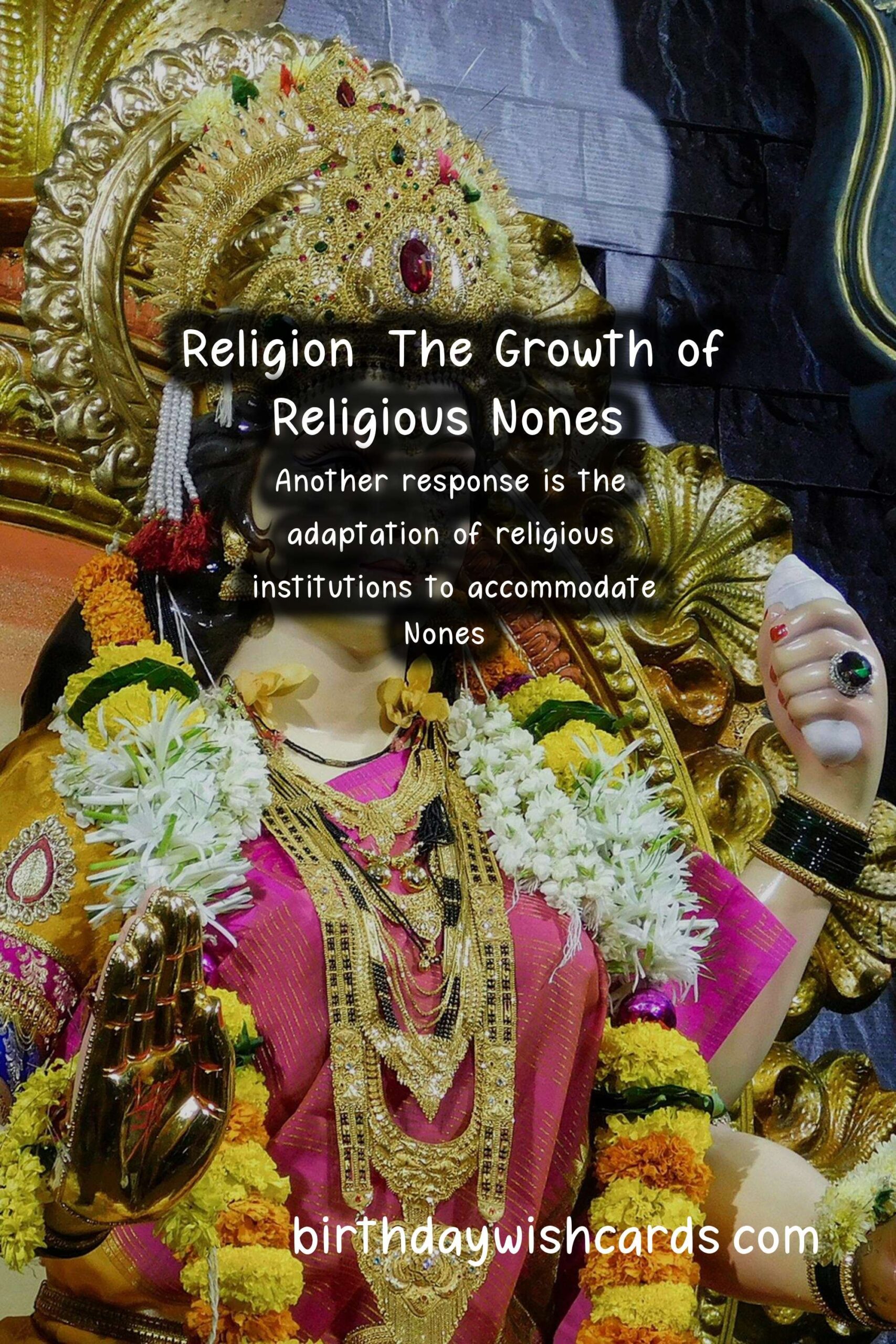


#Religion #Nones #SociologicalImplications #CommunityResponses






